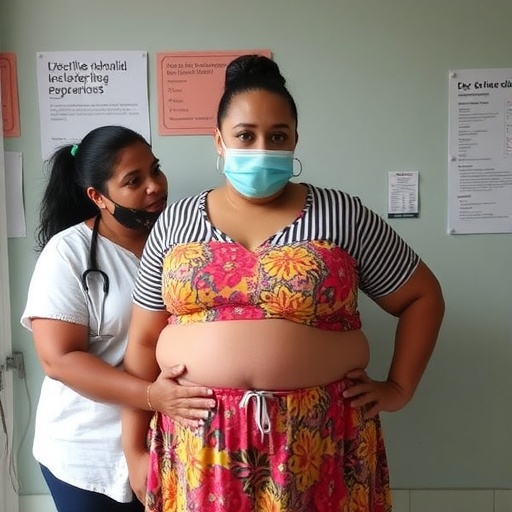Women face a multitude of barriers to receiving quality care for endometriosis, a chronic, often painful disease that affects approximately 10% of reproductive-age women, an estimated 200 million women and teens worldwide.
Endometriosis is a systemic, inflammatory disease that occurs when tissue similar to the lining of the uterus grows elsewhere in the body. With symptoms like infertility, chronic pelvic pain, painful periods, painful sex, back pain, and intestinal problems, endometriosis can negatively affect all aspects of a woman’s daily life, including her physical and emotional well-being and productivity. The disease is also costly, with estimated health care expenditures for endometriosis at $69.4 billion per year in the United States.
“Despite its significant burden on women, their families, and society as a whole, endometriosis is underfunded and under-researched, greatly limiting understanding of the disease and slowing much-needed innovation in diagnostic and treatment options,” said Dr. Rebecca Nebel, director of scientific programs at the Society for Women’s Health Research.
In response to these concerns, a Society for Women’s Health Research working group published an expert review in the American Journal of Obstetrics and Gynecology that identifies areas of need to improve a woman’s diagnosis, treatment, and access to quality care, as well as highlights priorities for the future of endometriosis research and care.
The working group of researchers, clinicians, and patients outlined the following barriers in endometriosis in care:
- Societal normalization of women’s pain and stigma around menstrual issues
- Lack of knowledge and awareness about the disease
- Absence of noninvasive diagnostics
- Limitations of current treatment options
- Difficulties in accessing care
On average, women with endometriosis experience delays of 7 to 12 years from the time they first experience symptoms to diagnosis. Many factors contribute to this delay, including the fact that the causes of endometriosis remain unknown and that the current gold standard for diagnosing the disease is through surgery to verify abnormal tissue growth known as endometrial lesions.
Research into the basic biology of endometriosis and its causes is greatly needed to speed diagnosis, the experts write in the review, as is the creation of new noninvasive diagnostic tools. Increased education and disease awareness for patients, health care providers, and the general public can also help increase timely and accurate diagnosis and treatment, the experts note.
“Some women suffer from extremely painful endometriosis symptoms for more than a decade, in part because societal stigma around menstruation and painful sex may make them reluctant to discuss symptoms or seek care,” Nebel said. “In addition, women who do bring up their symptoms may fall victim to the well-documented clinical gender bias that has resulted in some women’s pain being dismissed or inadequately treated.”
When it comes to treating endometriosis, most current medical and surgical strategies focus on managing pain and associated symptoms. Treatments focus on suppressing or removing endometrial lesions in hopes of eliminating pain and/or infertility, even though the relationship between lesions and these symptoms is not well understood. For example, a woman with a large number of lesions may have less severe symptoms than a woman with fewer lesions.
While available therapies provide pain relief for many women, they do not work for all, and many medical therapies cannot be used when women are trying to get pregnant. Even surgical procedures, such as laparoscopy to remove lesions and hysterectomy to remove the uterus in severe endometriosis cases, are not curative and pain can recur.
As such, the experts call for future treatments and care to “shift toward a patient-centric, multidisciplinary approach that focuses on the patient as a whole, rather than one symptom at a time.” Centers of excellence that provide the patient with a team of experts in laparoscopy, medical management, pain education, physical therapy, and psychological care all in one place are a prime example of how to implement comprehensive treatment strategies that address the diverse needs of each patient, including quality-of-life issues.
###
Learn more about the SWHR working group’s roundtable discussion on endometriosis and SWHR’s congressional briefing on policy changes to spur innovation in the field.
Media Contact
Emily Ortman
[email protected]
Related Journal Article
https:/
http://dx.




